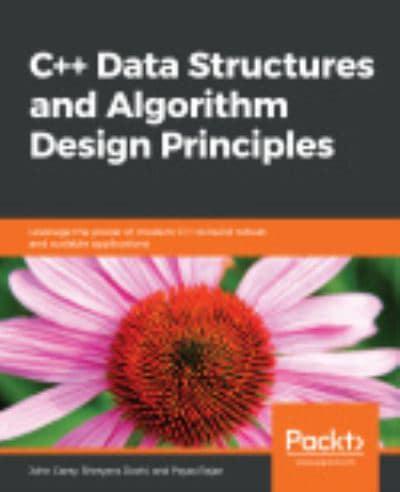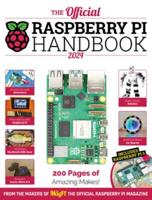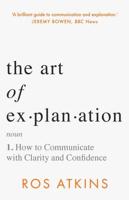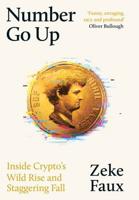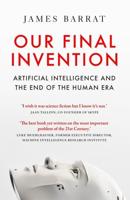Publisher's Synopsis
Get started with C++ programming by learning how to build applications using its data structures and algorithms
Key Features
- Explore data structures such as arrays, stacks, and graphs with real-world examples
- Study the trade-offs between algorithms and data structures and discover what works and what doesn't
- Discover how techniques such as bloom filters and multi-way heaps boost real-world applications
Book Description
C++ is a mature multi-paradigm programming language that enables you to write high-level code with a high degree of control over the hardware. Today, significant parts of software infrastructure, including databases, browsers, multimedia frameworks, and GUI toolkits, are written in C++.
This book starts by introducing C++ data structures and how to store data using linked lists, arrays, stacks, and queues. In later chapters, the book explains the basic algorithm design paradigms, such as the greedy approach and the divide-and-conquer approach, which are used to solve a large variety of computational problems. Finally, you will learn the advanced technique of dynamic programming to develop optimized implementations of several algorithms discussed in the book.
By the end of this book, you will have learned how to implement standard data structures and algorithms in efficient and scalable C++ 14 code.
What you will learn
- Build applications using hash tables, dictionaries, and sets
- Explore how modern hardware affects the actual run-time performance of programs
- Apply common algorithms such as heapsort and merge sort for string data types
- Use C++ template metaprogramming to write code libraries
- Implement a URL shortening service using a bloom filter
- Use appropriate modern C++ idioms such as std:: array instead of C-style arrays
Who this book is for
This book is for developers or students who want to revisit basic data structures and algorithm design techniques. Although no mathematical background is required, basic knowledge of complexity classes and Big O notation along with a qualification in an algorithms course will help you get the most out of this book. Familiarity with C++ 14 standard is assumed.
